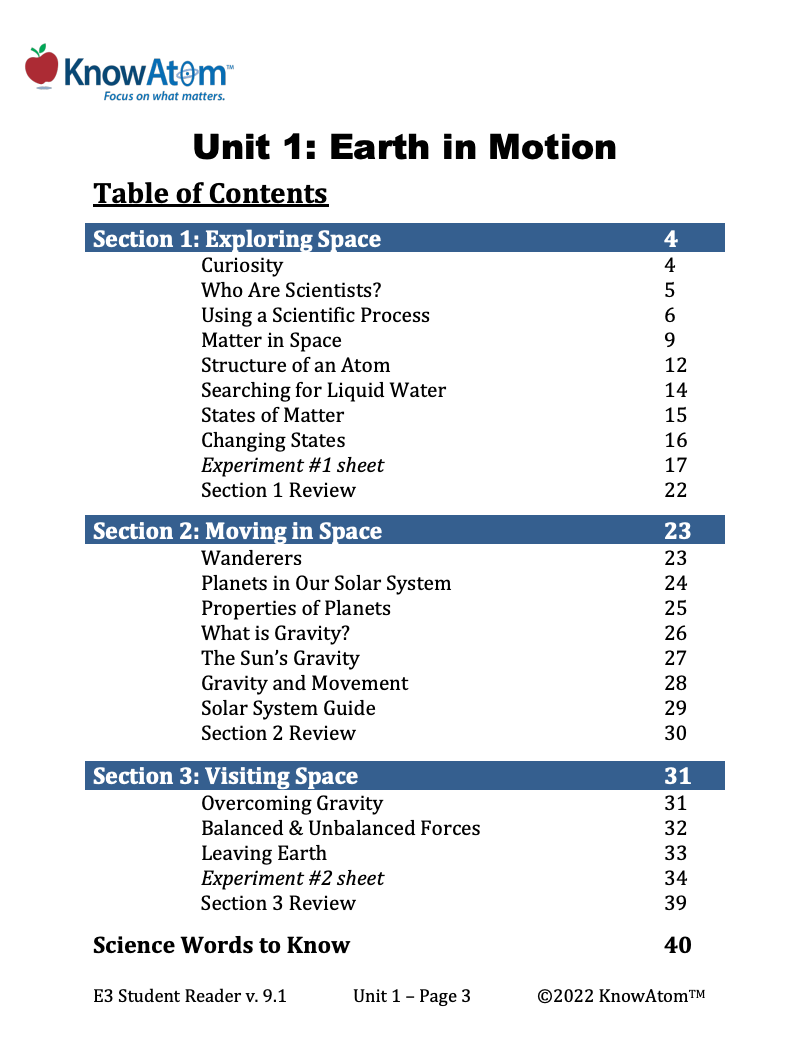
In this lesson, students model the solar system and analyze Earth’s place in the system as well as how the force of gravity causes the planets to move around the sun in predictable, regular paths. This page serves to highlight the key components of this lesson.
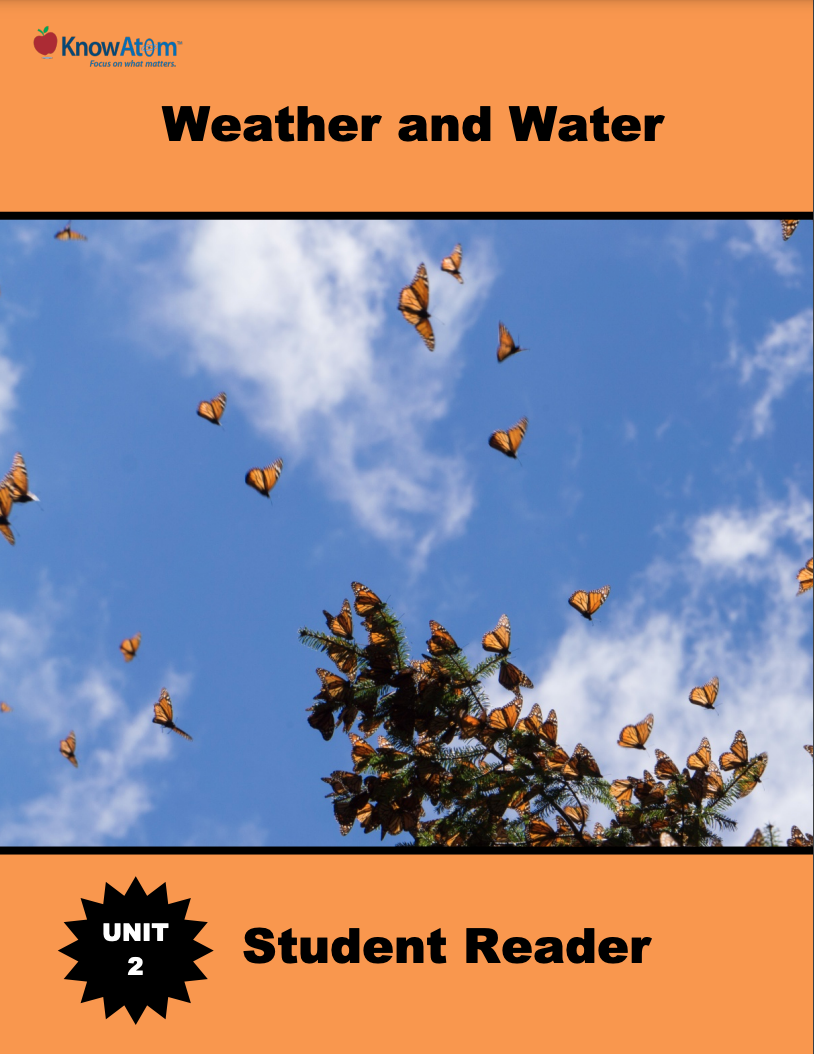
In the last unit, students learned about matter as they explored Earth’s position in the solar system. In this unit, students discuss how the sun provides light and heat to Earth, powering the water cycle, which in turn influences weather and climate. Students analyze the science phenomena of weather patterns in specific regions during a particular season.
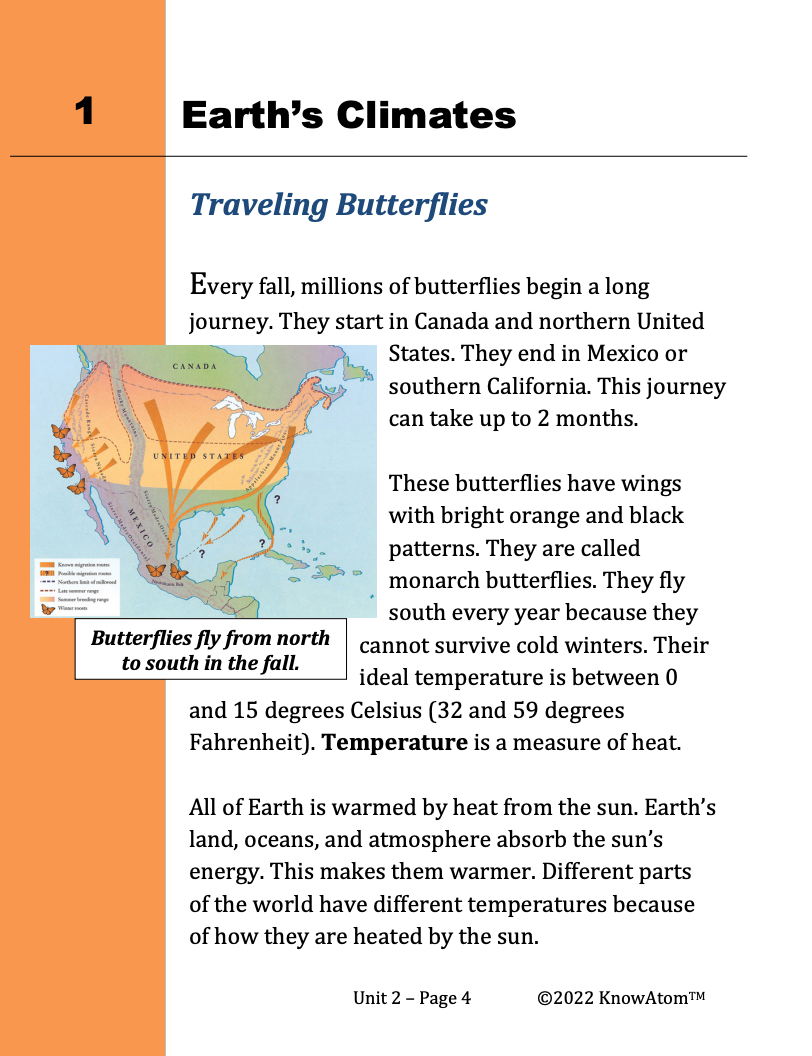
In this unit, students explore the science phenomena of Earth’s weather system and analyze how heat from the sun warms Earth’s surface unevenly, powering the water cycle, which in turn drives weather and climate on the planet. Students create weather instruments to collect and analyze daily weather data.
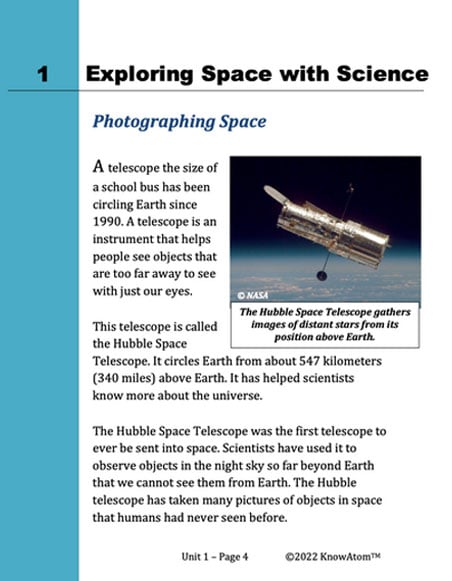
In this unit, students explore the science phenomena of how all matter in the universe is made up of different combinations of atoms formed from chemical reactions. In this lesson, students use scale models to compare properties of the Sun, Moon, and Earth. This page is a high-level extract of this lesson.
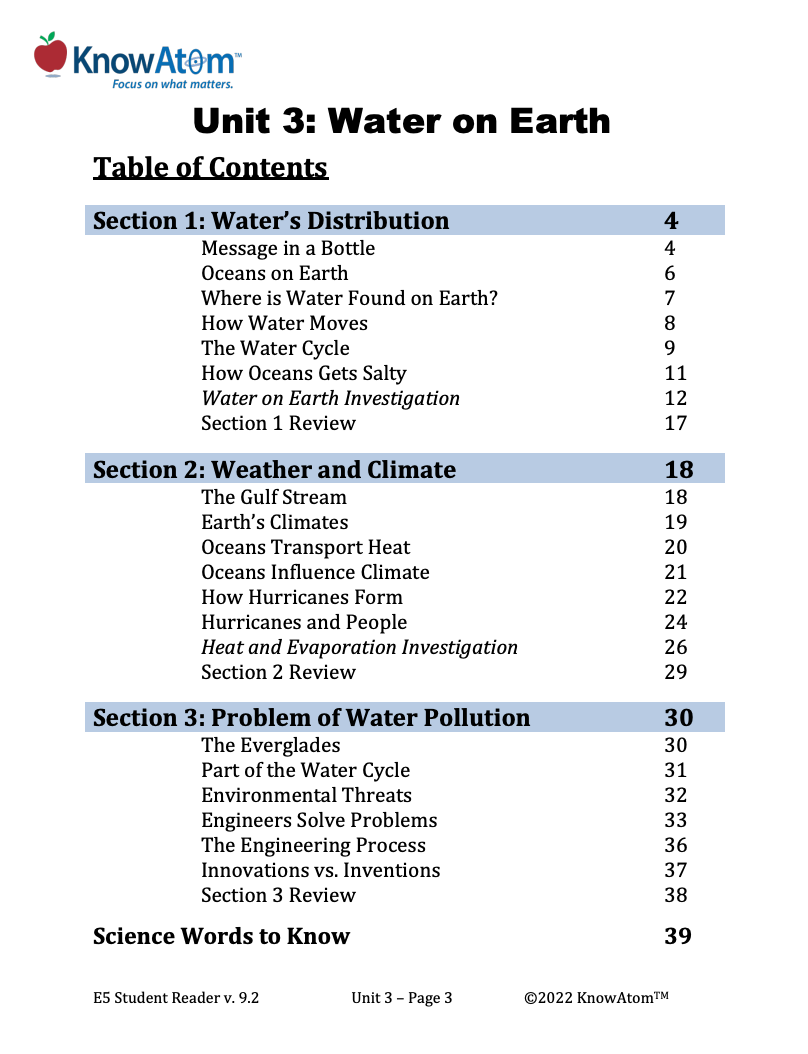
In this unit, students analyze the science phenomena of the important role that oceans play in regulating Earth’s climate. In this lesson, they focus on how oceans interact with other Earth systems to distribute water and heat around the planet, resulting in various weather patterns, including hurricanes. This page highlights key components of this lesson.
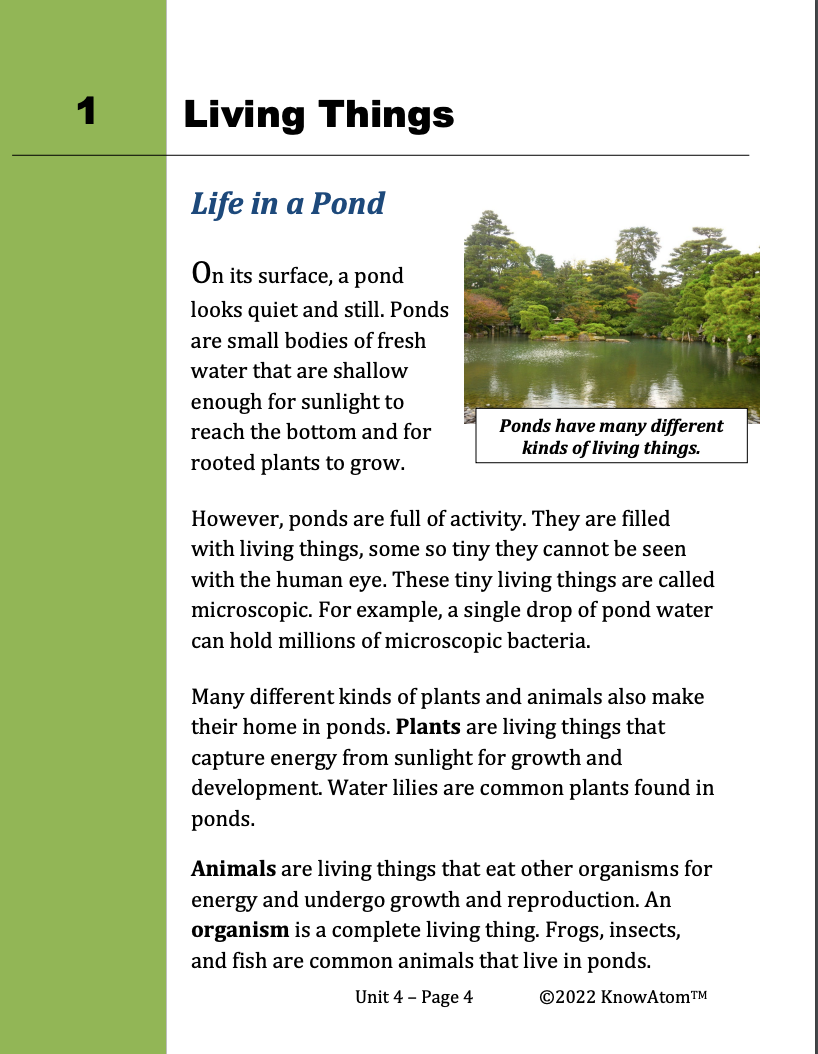
In this unit, students analyze how matter cycles between the living and nonliving parts of an ecosystem. They compare plant and animal cells, figuring out how internal structures help an organism get energy. Then, in this lesson, students figure out how energy flows and matter cycles through a food web, and investigate the phenomena of how plants convert non-food sources, such as light, air, and water, into food sources. This page showcases key elements of this lesson.
Standards citation: NGSS Lead States. 2013. Next Generation Science Standards: For States, By States. Washington, DC: The National Academies Press. Neither WestEd nor the lead states and partners that developed the Next Generation Science Standards were involved in the production of this product, and do not endorse it.